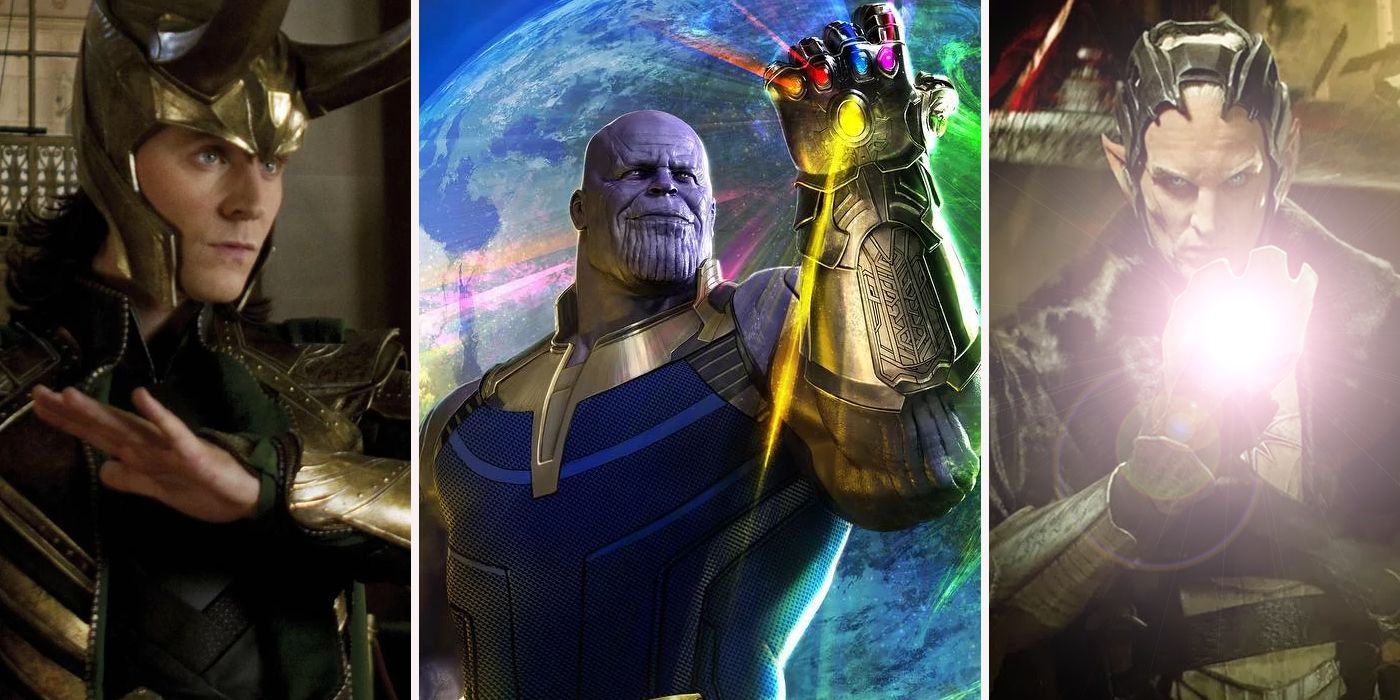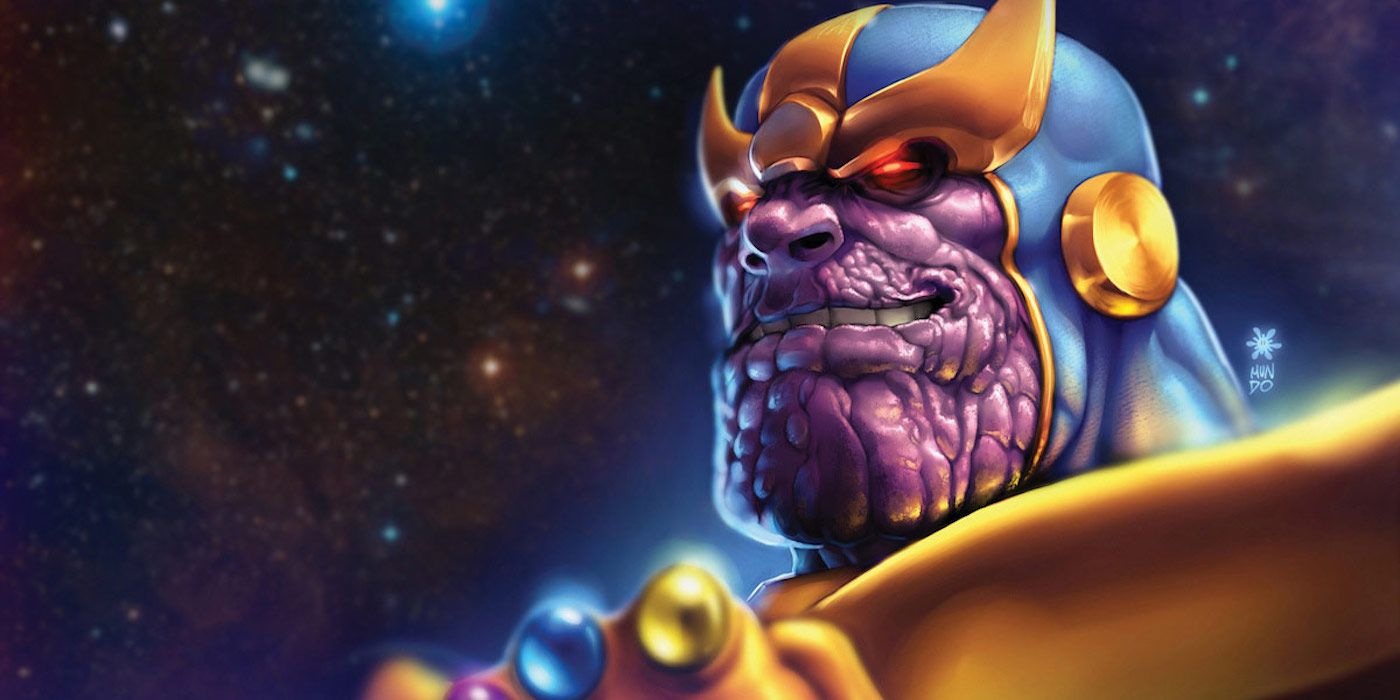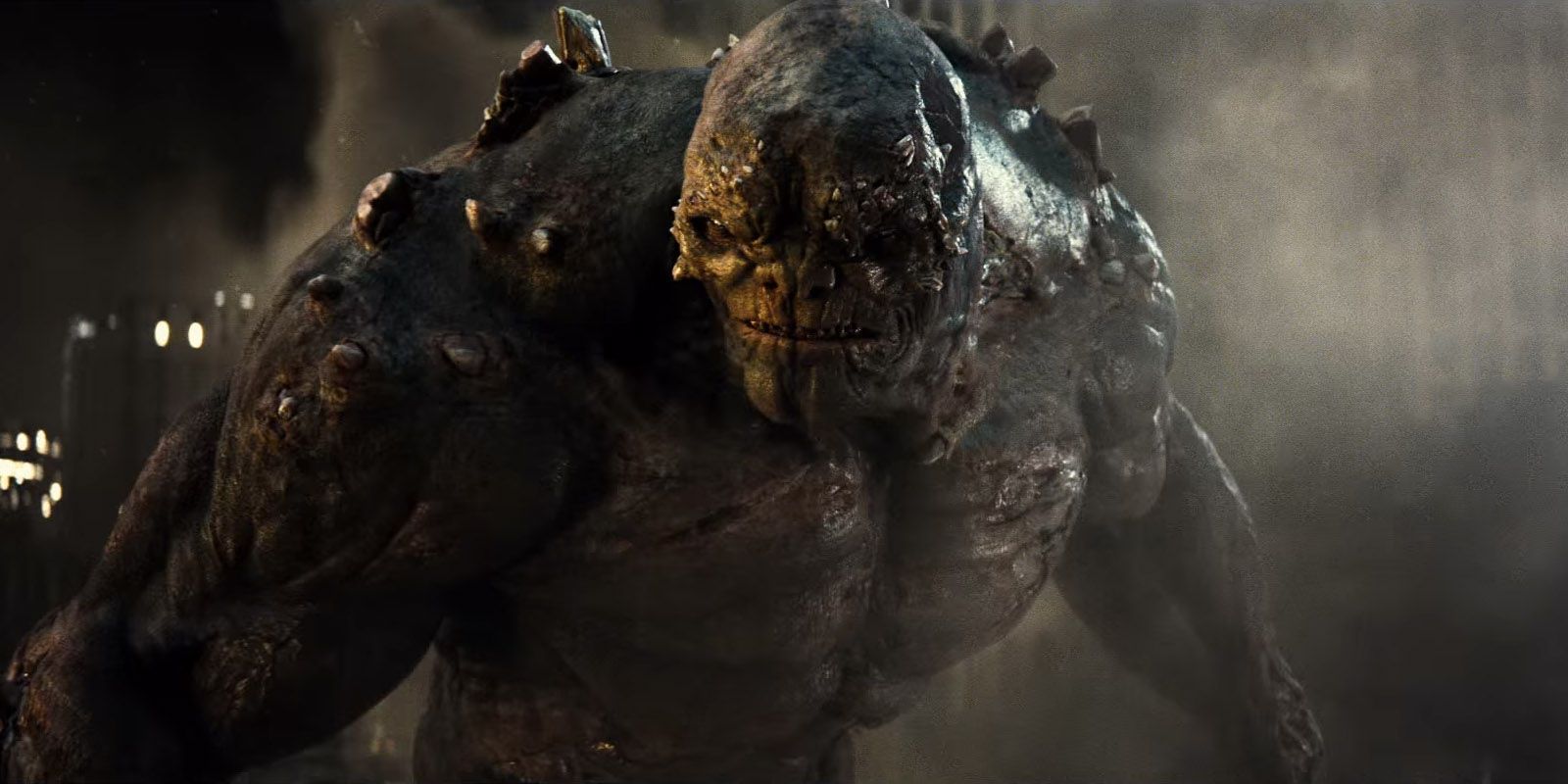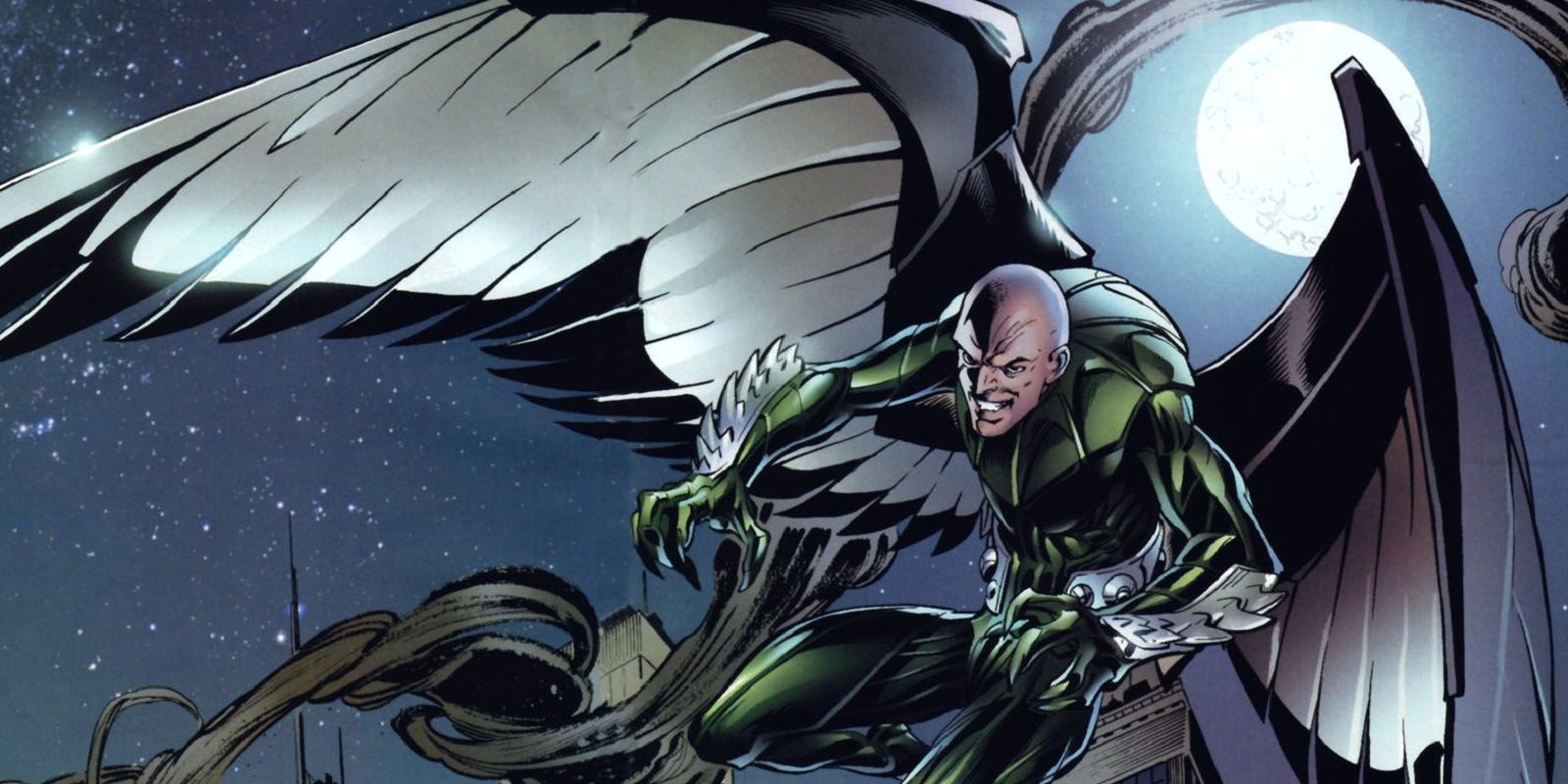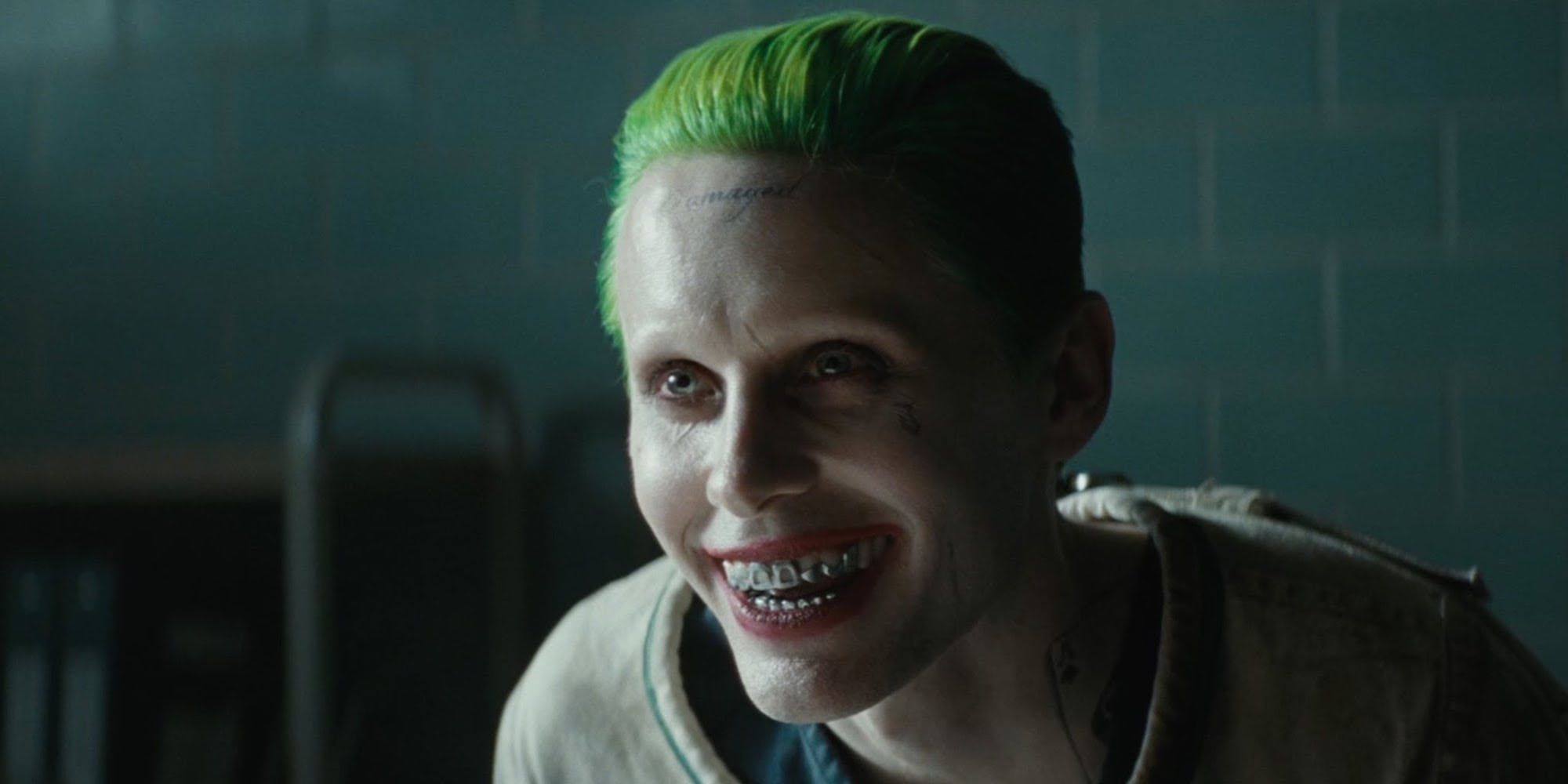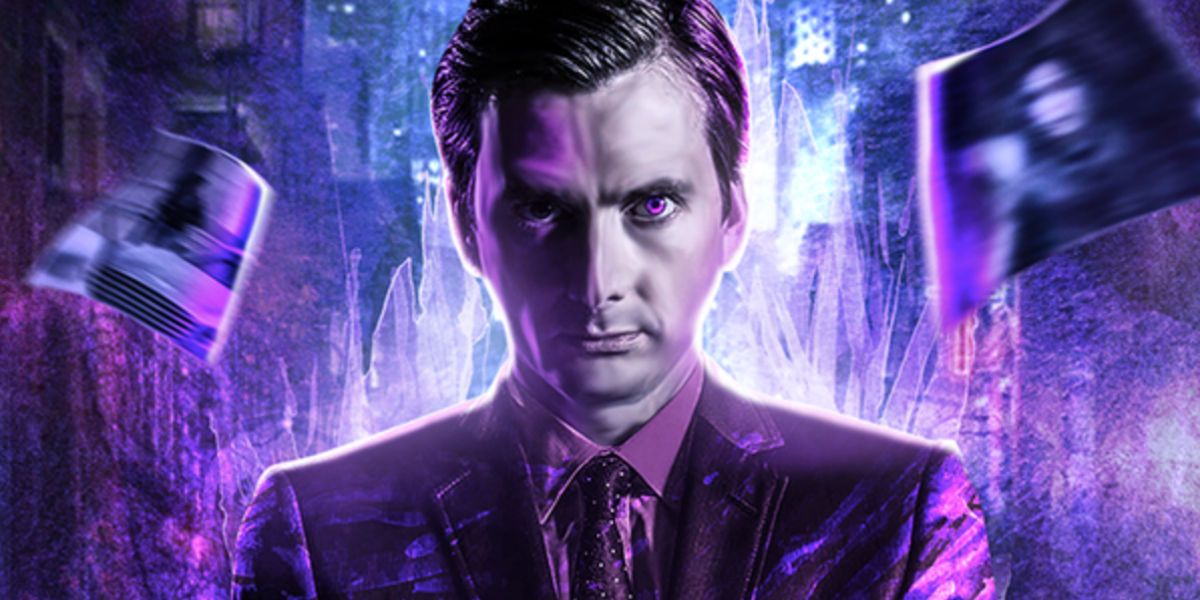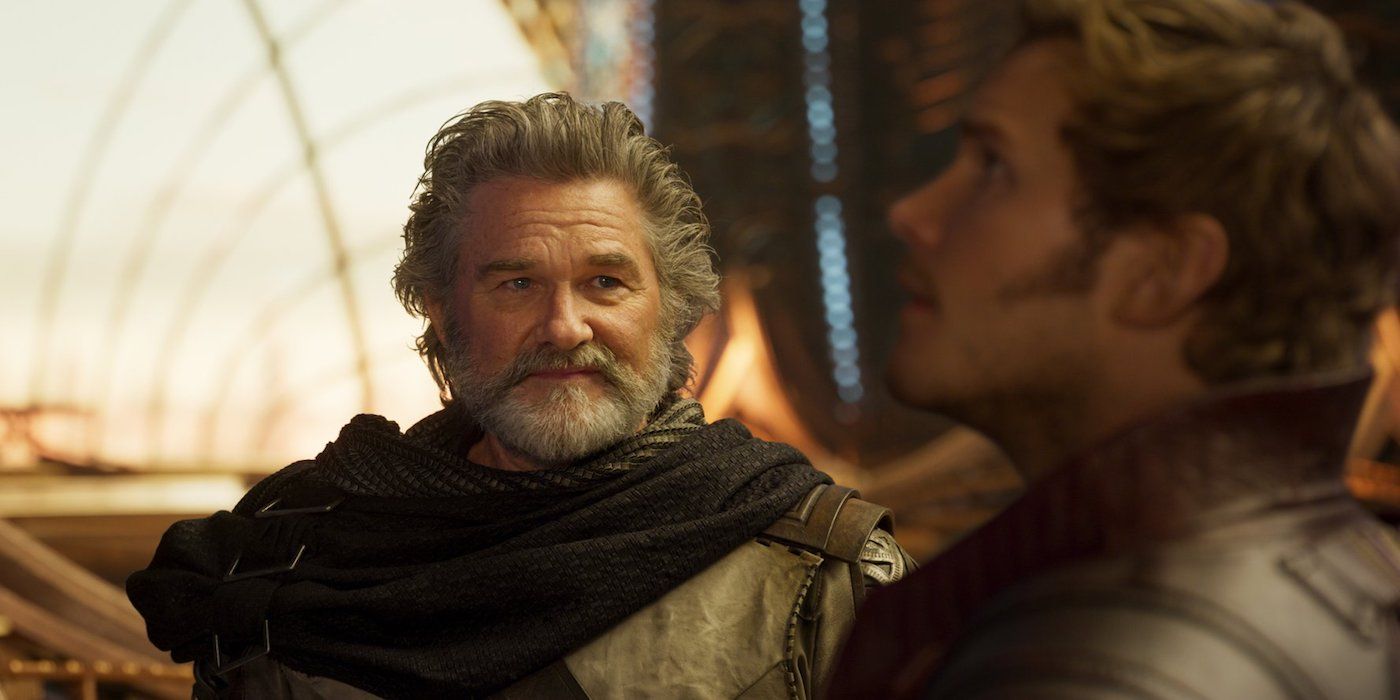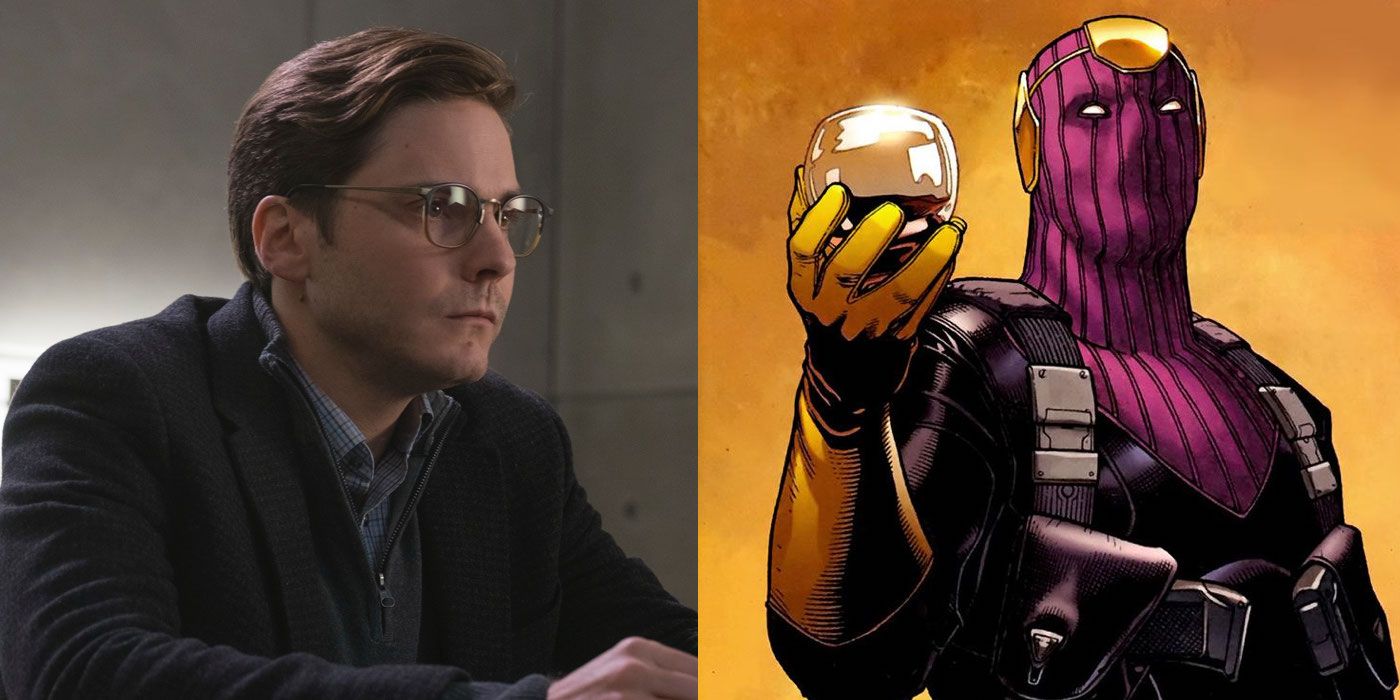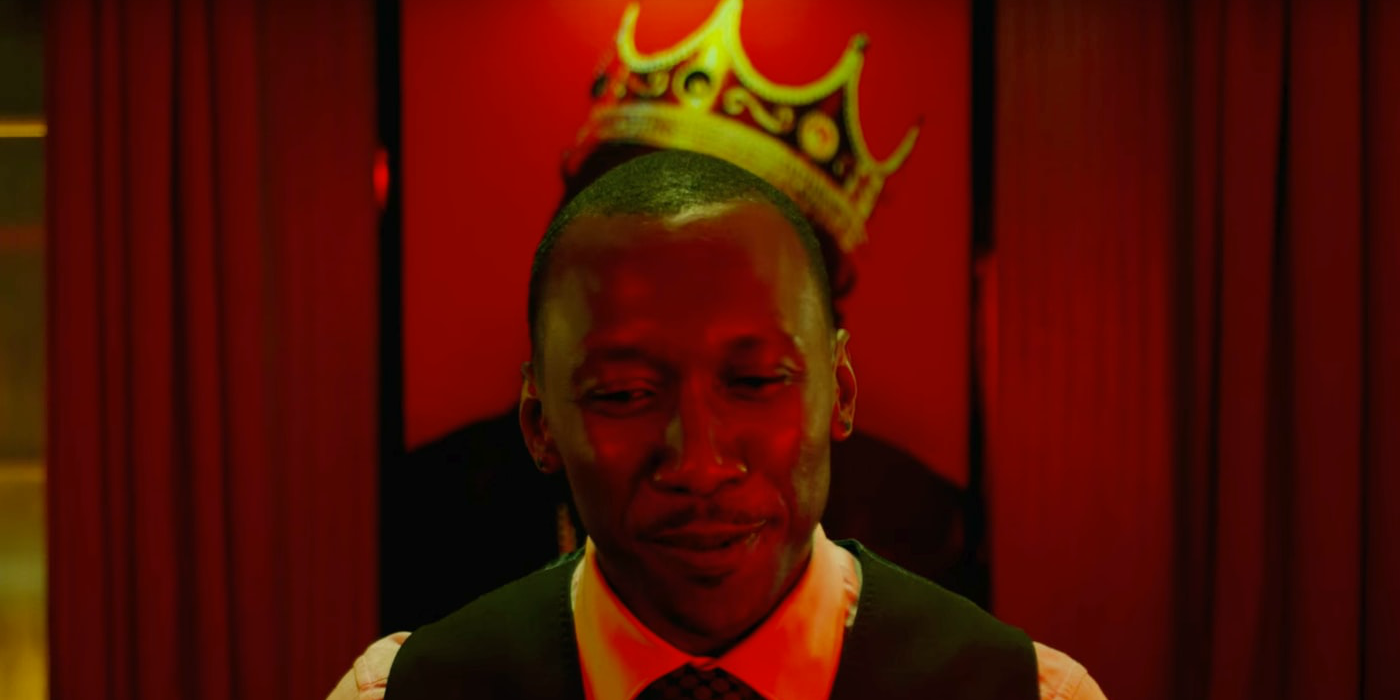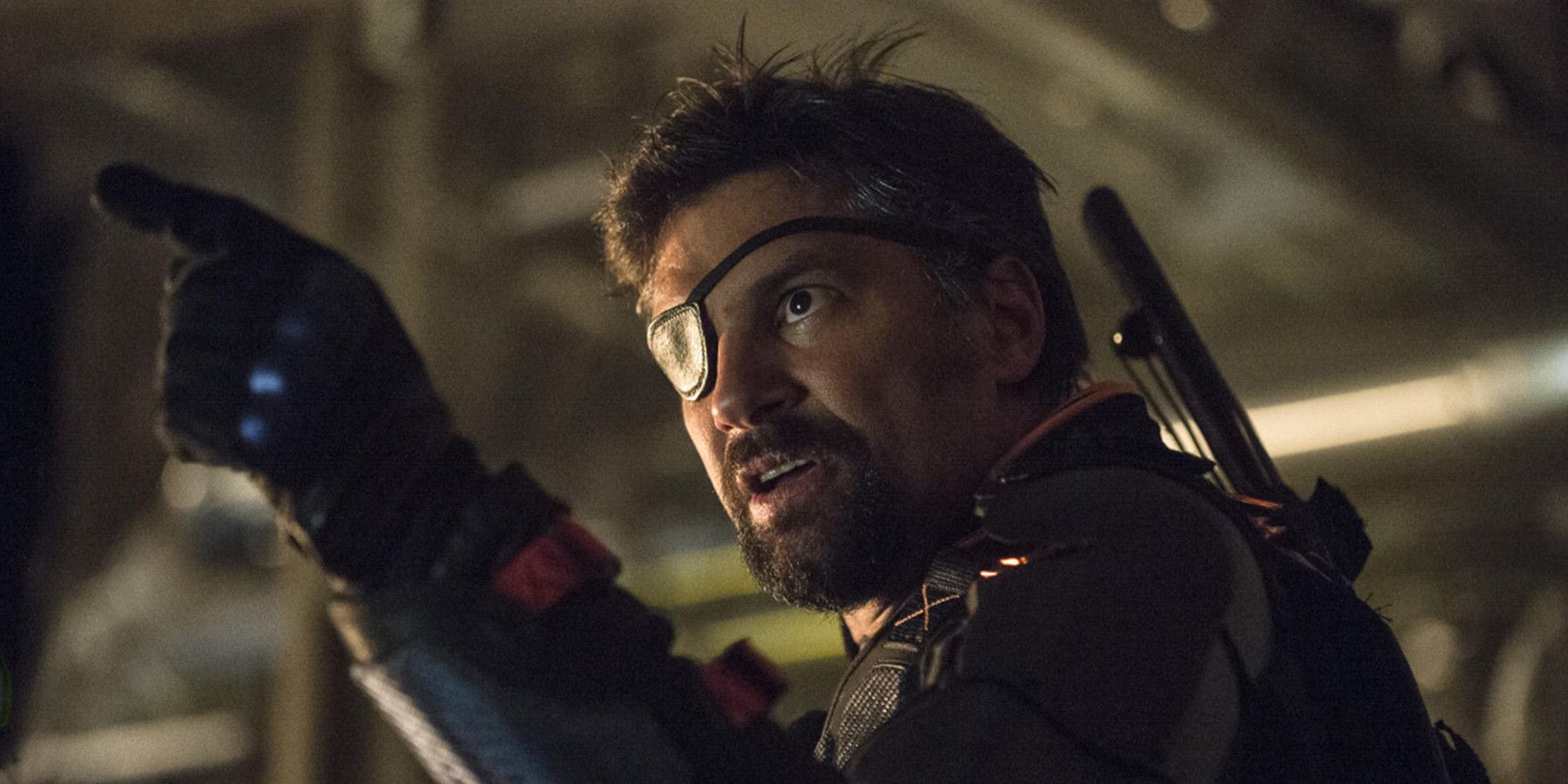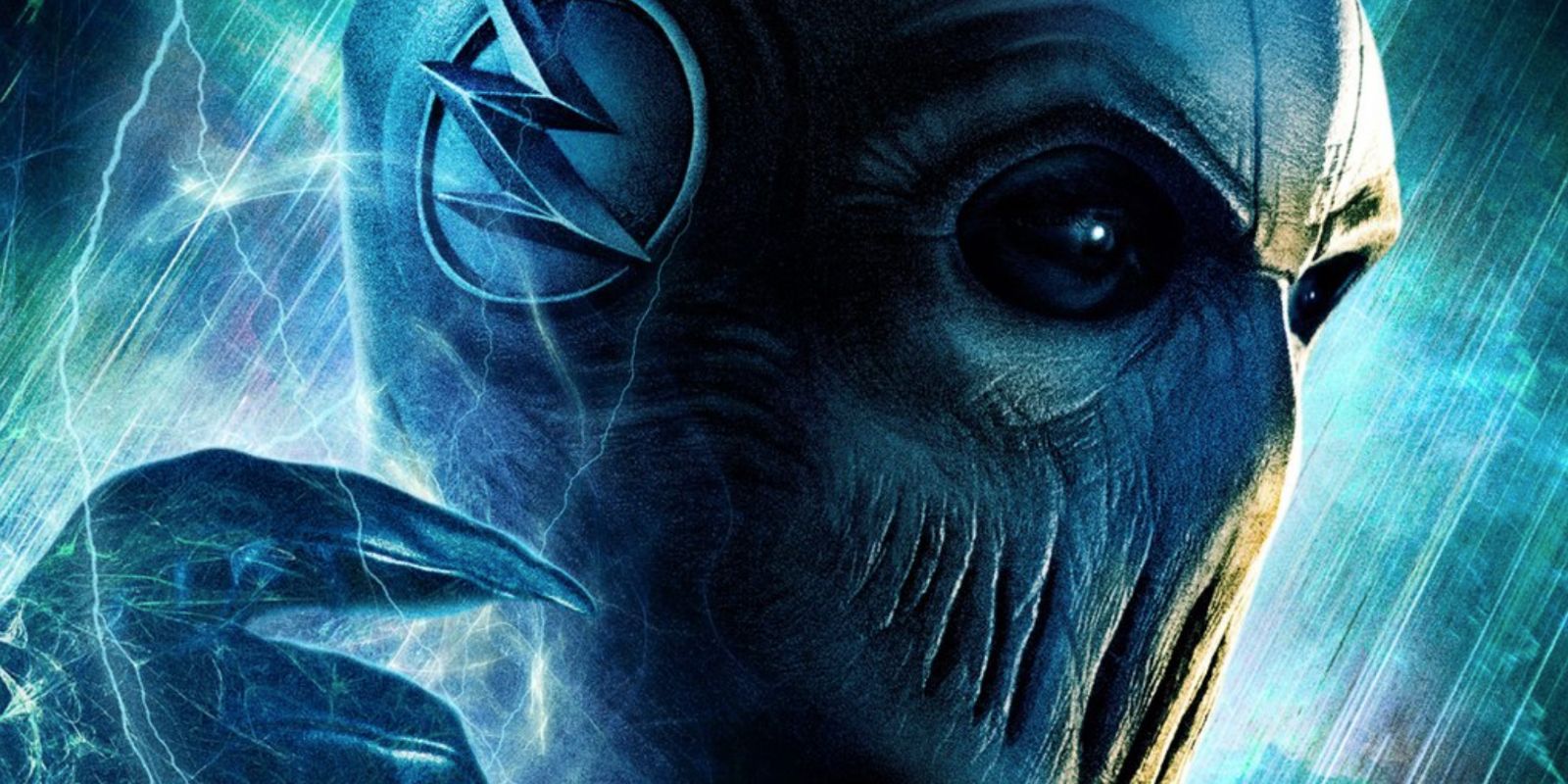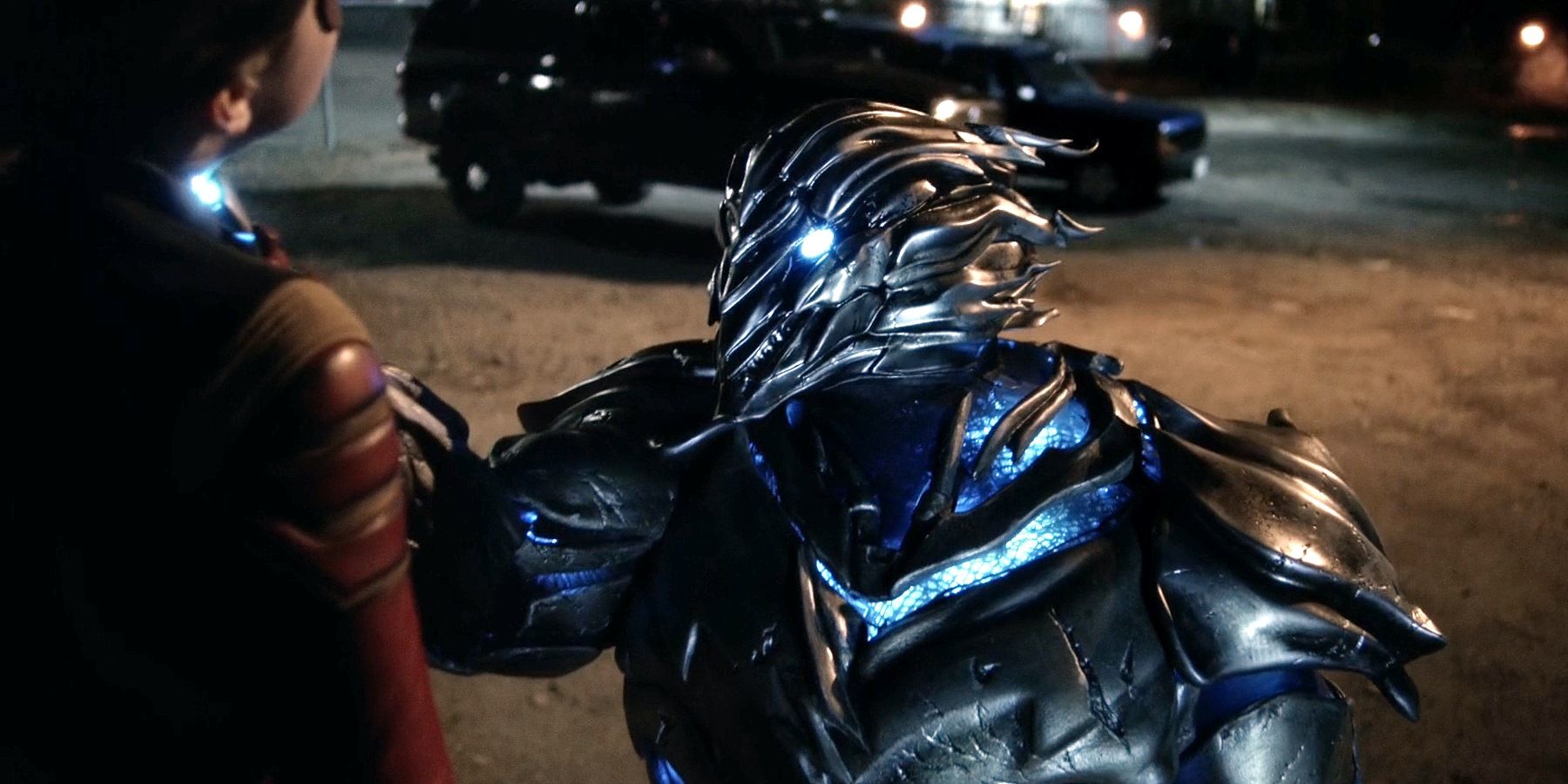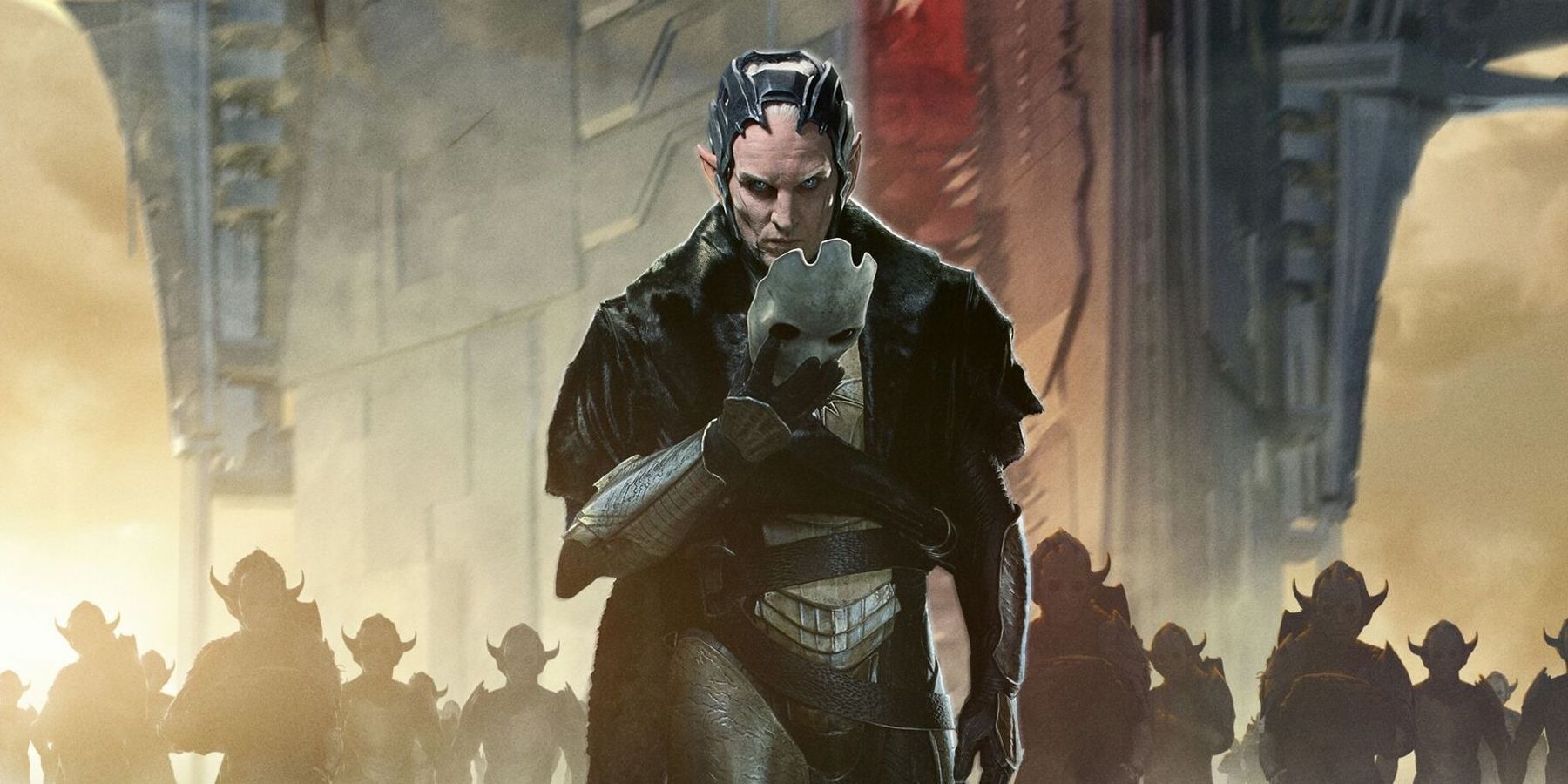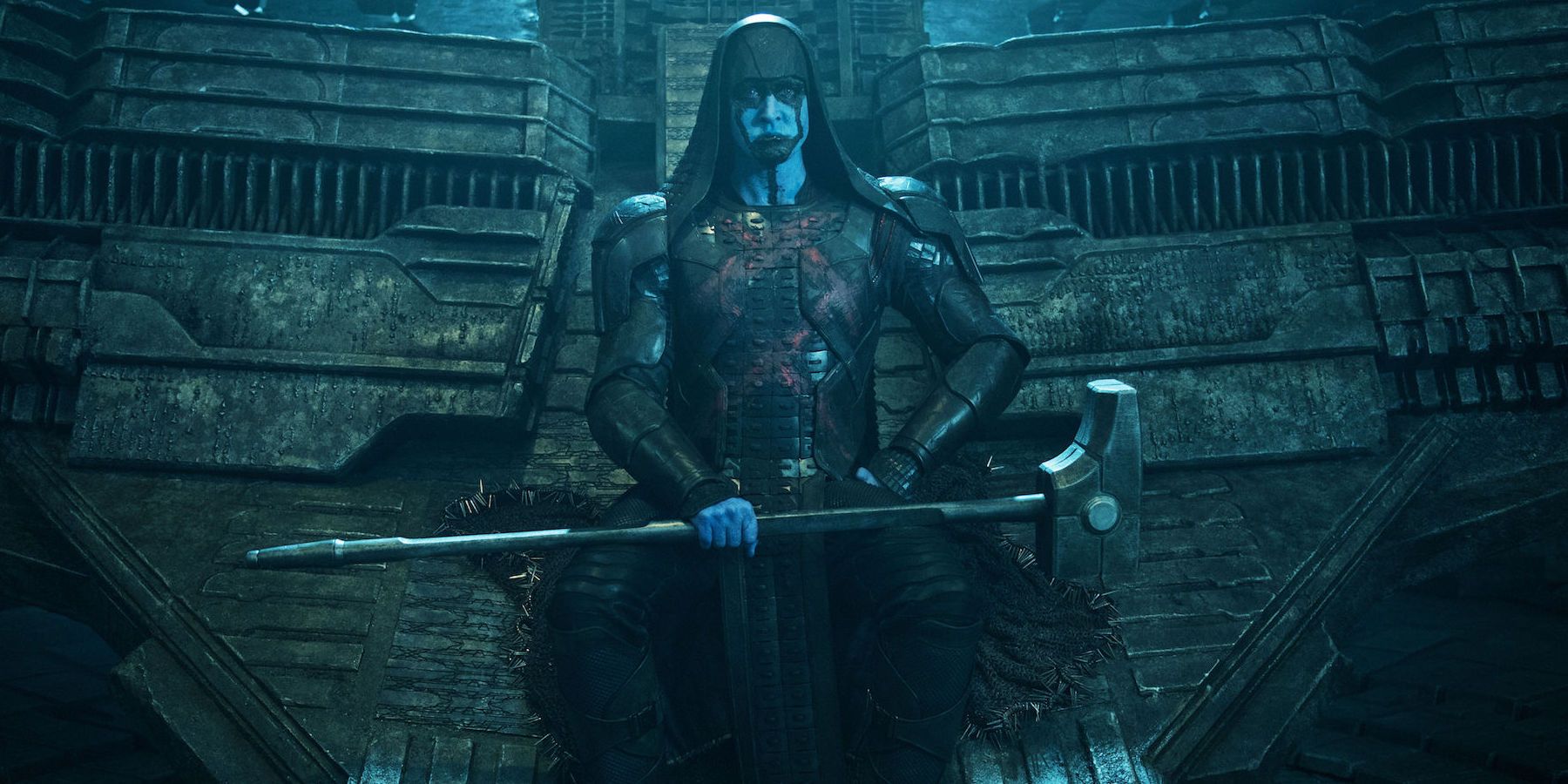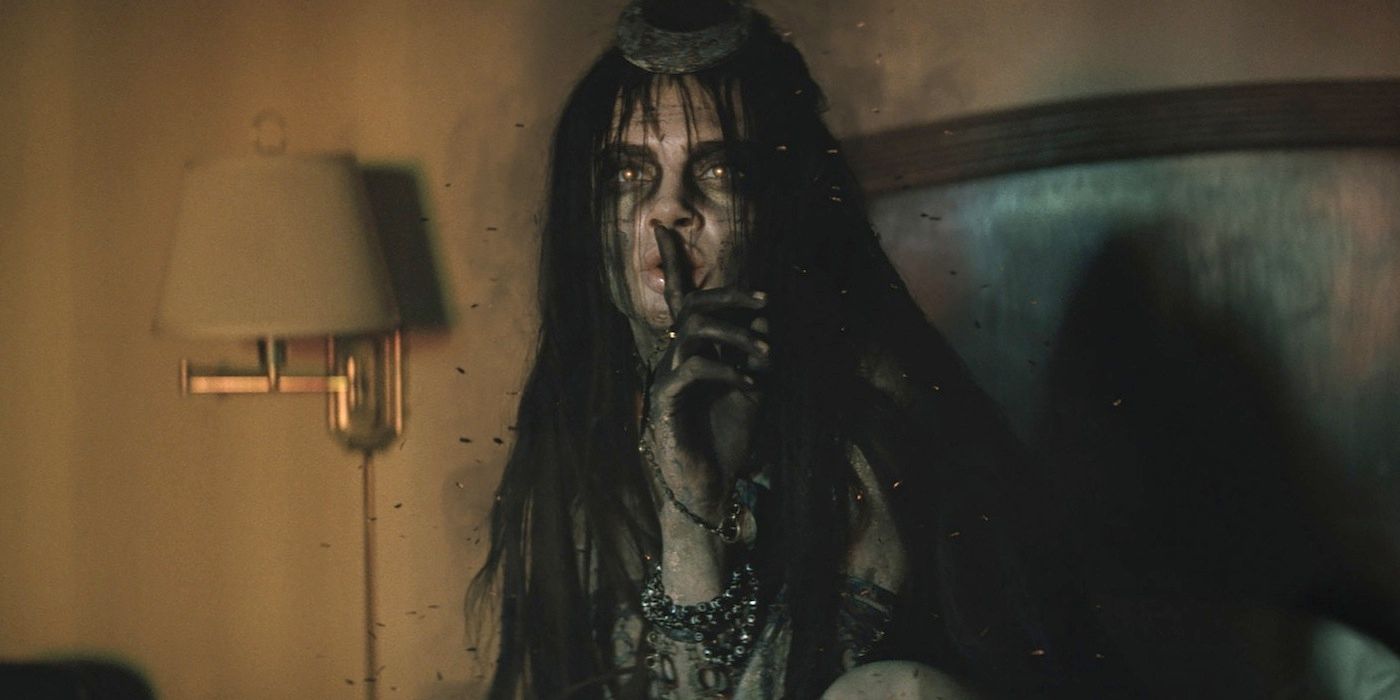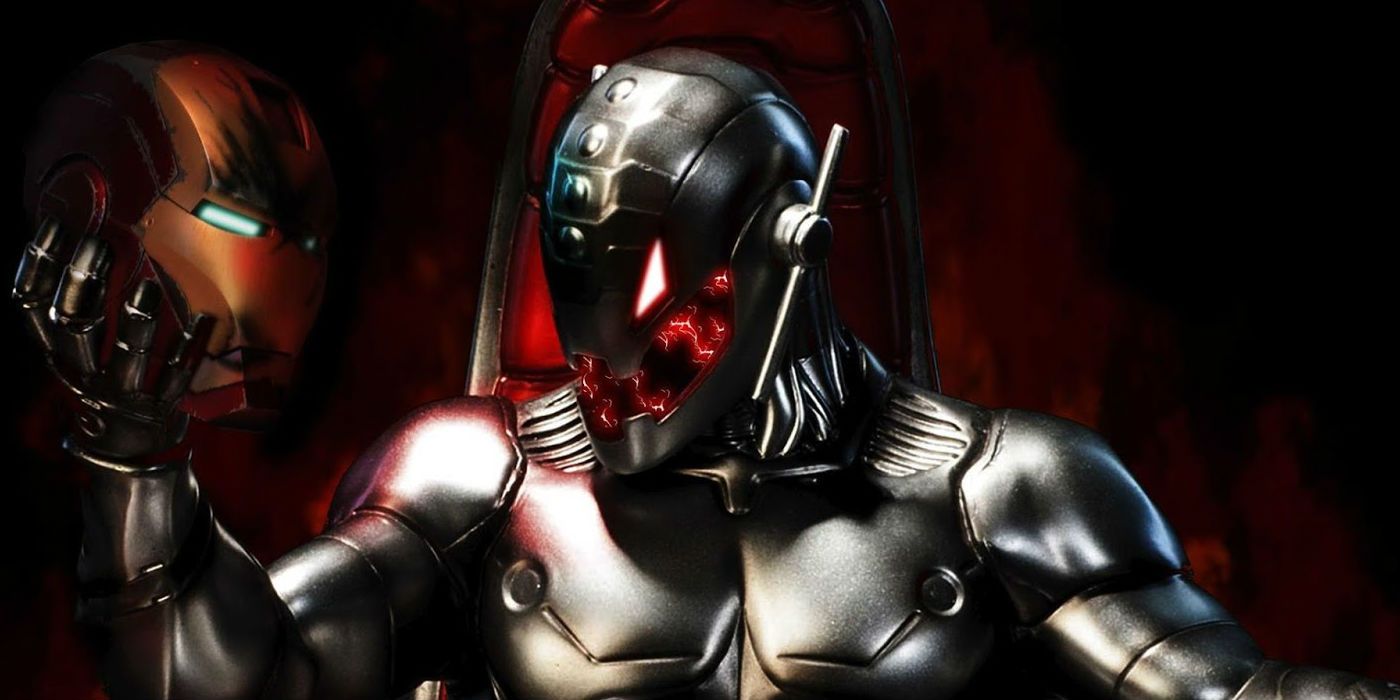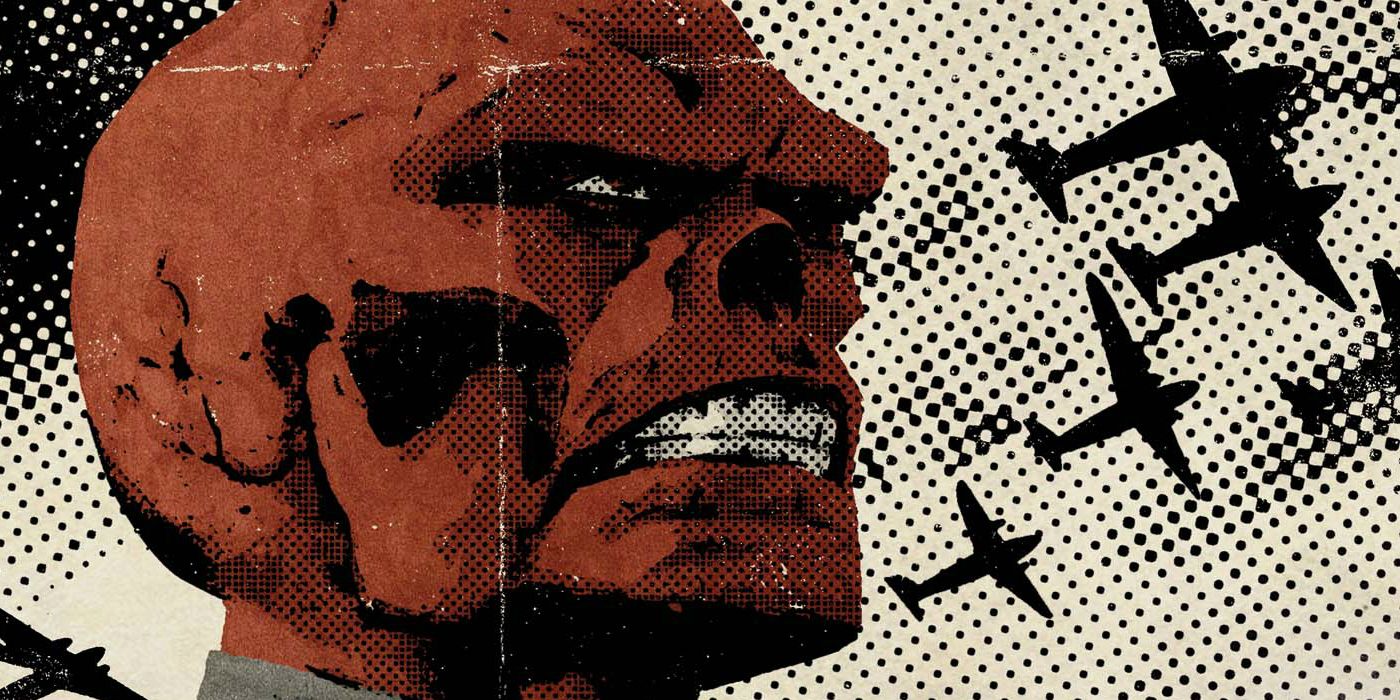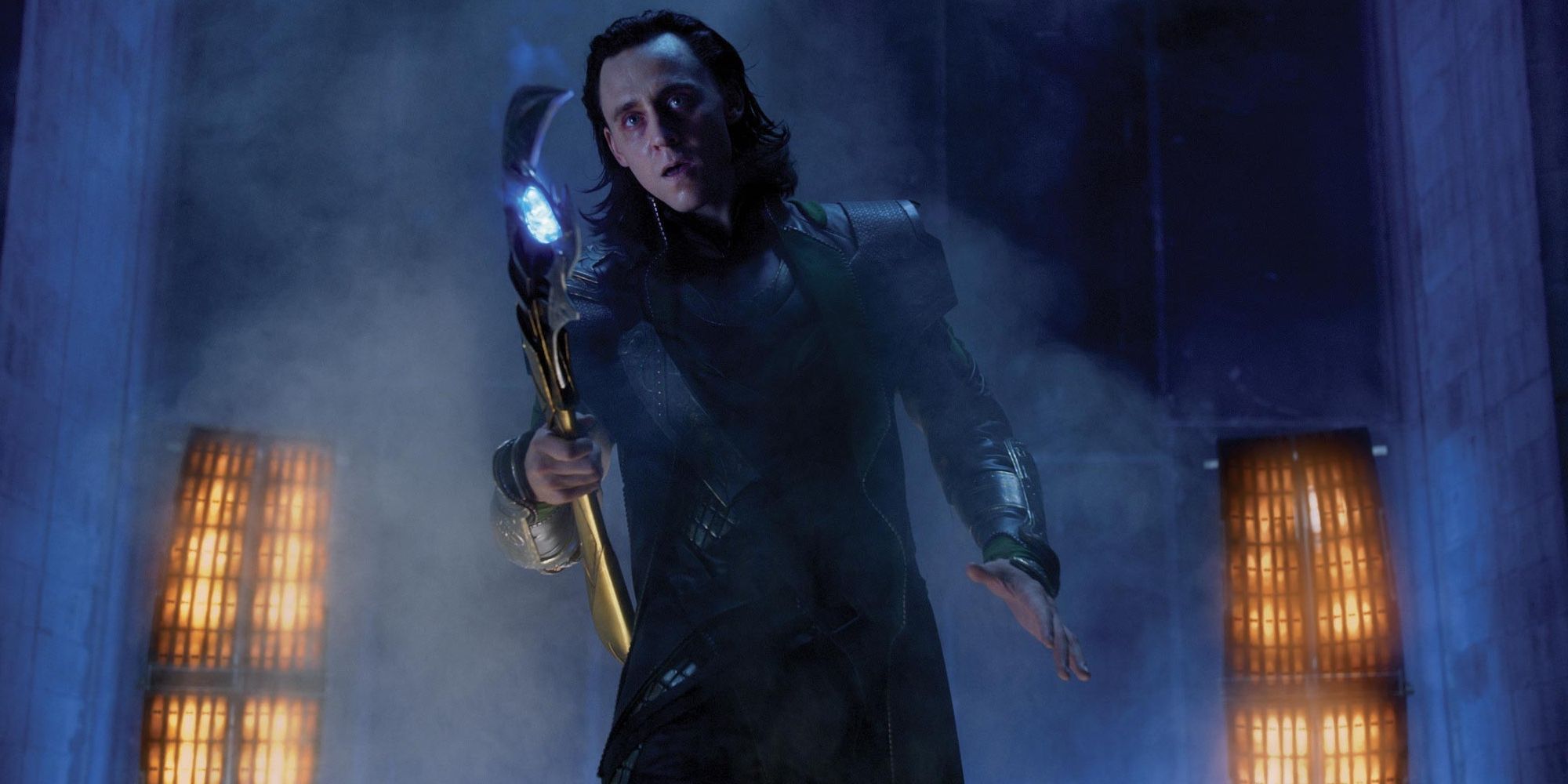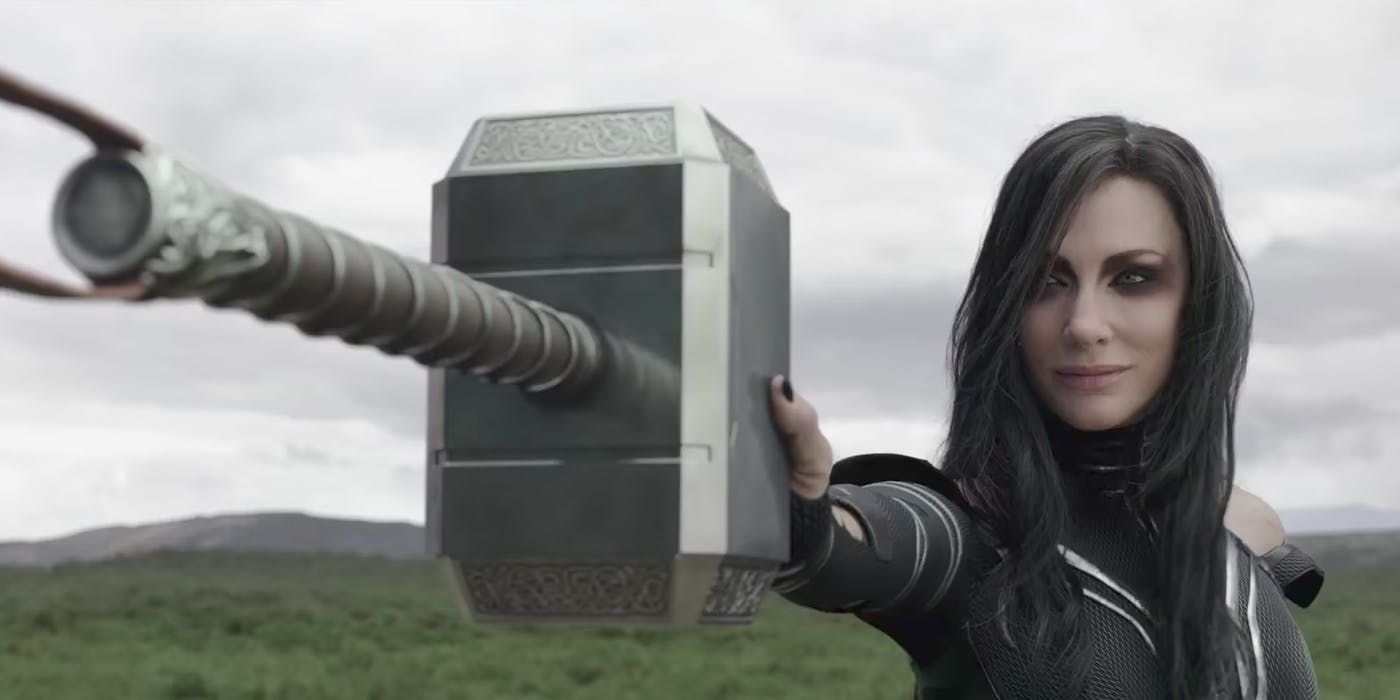There's nothing like a good villain. Though a solid villain isn’t always necessary to make a good superhero story, it never hurts.
A villain who throws everything they have at their hero (and manages to be the slightest bit charismatic while doing it) is a villain worth watching.
In the recent superhero boom, fans have been treated to a variety of villains across television and movies.
Whether it’s the DCEU, MCU, or even the Arrowverse, some of the best “super” characters have been villains. Yet they’re not just interesting figures, villains can also drive the plot.
It’s their goals and seemingly insurmountable powers than can make a superhero story really tense and compel.
However, even the greatest villains have sometimes forgotten their most useful powers. No matter the universe, there are villains who didn’t do everything they could’ve done, to win the day. At least that’s the case if the comics are considered.
In the move to live-action, all manner of comic book characters have been changed and twisted. Villains though seem to get de-powered more than any other subsect of characters.
In movies and TV, some of the most powerful abilities have been stripped away and if not completely ignored to make them a much more manageable (and affordable) threat.
This isn’t a critique of those creative decisions. It’s just a fun way of pointing at that many these villains wouldn’t have lost if they “remembered” all their powers.
Here are the 20 Superpowers Even Supervillains Keep Forgetting They Have!
Thanos – Telepathy
Thanos is a bit like DC’s Superman. It’s hard to find powers that he hasn’t manifested, in one way or another, in the comics-- especially when he possesses all the Infinity Stones (or Gems).
Most of those powers probably won’t make it into the MCU, though, and the least likely, for now, is Thanos' telepathy.
Thanos’ telepathy has mostly manifested in invulnerability to other psionic attacks. He’s rarely, if ever, used his mind to control or attack others, preferring his fists.
Yet, it has been said in the comics that Thanos’ telepathic powers rival that of Marvel’s most famous telepath, Charles Xavier.
This level of telepathic ability could’ve been real handy in the early days of the Marvel Cinematic Universe when Thanos was an immobile general.
Maybe Ronan, Loki, and whoever else, would’ve fought harder for Thanos if they were under his direct mental control.
Doomsday - Adaptation
Doomsday was created with the express purpose of destroying Superman. As such, Doomsday has several ludicrous powers that make him not only capable of standing up to the man of steel, but pretty much any force in the DC Universe.
None of which made it to the big screen, during Doomsday’s debut in Batman v. Superman.
One of Doomsday’s most useful abilities is an adaptation ability. This might not sound impressive in name, but in function it’s rather extraordinary.
Doomsday can adapt to nearly any attack or power, even if it destroys him.
This means that it’s impossible to defeat or battle Doomsday the same way twice. Doomsday can take any attack and develop an immunity to do it.
This is a far cry from the creature’s time in BvS, where he was taken out after being stabbed by Superman.
Vulture - Levitation
It’s not much of a revelation that Vulture can levitate. Vulture’s whole deal, in the MCU and the comics, is that he’s a man who has given himself the ability to fly.
However, in the comics, Adrian Toomes’ flying powers go a little farther than they do in the comics.
Vulture has developed the ability to levitate, even without his famous wings.
Prolonged exposure to his tech has given Adrian Toomes the capability to levitate or fly on his own for a limited time. It’s not nearly as impressive as what he can with his wings but Toomes isn’t completely useless without his tech.
It’s doubtful that this ability will be seen in the MCU-- mostly because Spider-Man: Homecoming seemed to close the door on Vulture and his villainous ways.
Yet if Michael Keaton’s Adrian returns to crime, the young Peter Parker might want to be extra concerned.
Joker - Toxic Blood
Joker might seem as powerless as his main foe, Batman, but the truth is a little different. While Joker doesn’t have many superpowers, he’s not exactly “normal” like Bruce Wayne.
For most of his history, Joker has seemed almost immortal, passing away several times only to come back to life. Yet DC has recently seemingly retconned that by establishing that there have been three Jokers, somehow.
However, one power that Joker hasn’t been denied is his “toxic blood.” This isn’t just a metaphorical sense.
Joker’s blood is much more toxic and resistant than the average DC Comics citizen.
Joker can use his blood to infect others (as seen in the Arkham series) and he's invulnerable to various biological attacks.
Joker’s blood does put the DCEU’s version, with his many tattoos, in a different light. It doesn’t make that look more palatable, but it does make all those tattoo needles something to consider.
Kilgrave - Accelerated Healing Factor
Though the Purple Man, otherwise known as Kilgrave, has been limited just to Jessica Jones, he has become one of the scariest villains in the MCU.
David Tennant’s Kilgrave is a living nightmare using his powers of “persuasion” and mind control to wreak havoc in Jessica Jones' life. Surprisingly, though, the MCU has just scratched the surface on the Purple Man’s powers.
Kilgrave’s comic counterpart, who spells his name Killgrave, has an accelerated healing factor. The comic Kilgrave isn’t quite unbeatable, but he can bounce back from injuries that would destroy most people.
In other words, the comic Kilgrave probably would’ve survived the neck snap that destroyed the MCU version during Jessica Jones season 1.
The MCU probably won’t (and shouldn’t) make this power apart of their canon. Yet it would be so shocking if Kilgrave returned in Jessica Jones season 3 (or beyond), very much alive.
Ego - Psionic Energy
The Marvel Cinematic Universe played with Ego in a lot of ways. For starters, in the comics, Ego has no relation to Peter Quill, let alone as his father.
Like the MCU, the comic Ego can appear in a human form (although he doesn’t look much like Kurt Russel).
Primarily, though, Ego is seen as a planet with a very old-looking human face. Ego also has a lot of more powers that didn’t manifest in the movies, including considerable psionic capabilities.
In his planet or more human form, Ego can use his mind to control and attack others.
Guardians of the Galaxy Vol. 2 toyed with this idea a little by having everyone but Gamora come under Ego’s influence.
Yet that was due more to his charm and Mantis’ own psionic powers. The comic version of Ego wouldn't have needed Mantis, though, as he could have manipulated Peter all on his own.
Yellowjacket – Technoforming
When talking about Marvel Cinematic Universe villains, Ant-Man’s baddie Yellowjacket often gets overlooked. This could be because out of suit, Darren Cross, wasn’t too compelling.
Ant-Man was also much more about its humor and central character than about the villain. Yet Yellowjacket shouldn’t just be overlooked and seen as a yellow Ant-Man.
In the comics, Yellowjacket as a whole host of powers that didn’t show up in the movie. This includes an ability to technoform.
This might not sound too threatening, but it’s a power that has manifested throughout the world of comics with devastating results.
Those who can technoform can morph and control nearly every form of technology, enslaving it to their will.
Ant-Man went more of humor in his final battle between Scott Lang and Darren Cross. Yet that showdown could’ve been a lot more dramatic (and dangerous) if Cross started controlling all the tech in his immediate vicinity.
Baron Zemo - Enhanced Fighting Skills
The only MCU villain more overlooked than Yellowjacket is Baron Zemo. Zemo isn’t even the fifth most important character in his debut movie, Captain America: Civil War.
He does pull the strings that results in Iron Man and Cap’s big battle, but only from way in the background. Zemo is so casually taken out by Black Panther in the movie's finale that T’Challa barely breaks a sweat.
In the comics, there is a lot more to Zemo. In addition to wearing a silly purple hood, Zemo is a very accomplished fighter.
He doesn’t have super strength like Cap, but he has been able to stand toe-to-toe with Steve Rogers. He's master swordsman, tactician, and is in peak physical condition.
While no one should blame the MCU for revamping Zemo’s look, maybe he should’ve been made a little more of physical presence, or at least tried to put up a fight.
Cottonmouth - Superhuman strength
Luke Cage’s Cottonmouth is really a villain of his time. When Cottonmouth first appeared in the comics, it was with an over-the-top look and garish gimmick.
It’s something that was never going to translate into live-action. So, for the Netflix series, Cottomouth was revamped and was subsequentatly made into one of the best villains the cinematic universe had seen.
Yet in the series, Cottonmouth had no powers-- he was just a charismatic gangster.
However, in the comics Cottonmouth has a strength that rivals Luke Cage, as well as razor-sharp teeth.
Luke Cage didn’t show much of Cottonmouth fighting. He was taken out too early into the season to really have a showdown with Luke.
Yet the comic Cottonmouth probably wouldn’t have gone down as easily as the live-action version.
Deathstroke - Accelerated Healing
Deathstroke was introduced in the Arrowverse before the mini-multiverse had introduced superpowers.
Arrow had to find a grounded way to give Slade Wilson, unlike the more fanciful method from the comics. So, Arrow introduced mirakuru, which enhanced Slade’s strength and senses, but also made him a little bit crazy.
Mirakuru was the realistic ways to give Slade powers and it resulted in Deathstroke who was mostly faithful to his comic version.
Yet one of his powers was missing-- a healing factor. Deathstroke’s healing factor isn’t as intense as knock-off Deadpool, but it’s still considerable.
Deathstroke could’ve taken a lot more risks and hits in Arrow with his healing factor. Deathstroke should’ve destroyed Oliver Queen.
However, since Arrow is Oliver’s show, The Arrow did win it all. It should’ve been a much more uphill battle than it was on in season 2 of the series.
Zoom - Power Distribution
The villain of The Flash season 2, Zoom was in a lot of ways a retread of season 1’s villain Reverse Flash. Like Reverse Flash, Zoom desired speed and wanted to get fast as possible.
A speed demon like Zoom wasn’t a villain who would give up his powers but he could and it would’ve made his ultimate job a lot easier.
In the comics, Zoom (whose origins are a lot different than the TV version) could loan out his speed.
This is a power that The Flash has used on occasion, but usually The Flash gifts his speed to other speedsters. Zoom can distribute his power to any being.
This is a power that would’ve come in handy when Zoom kept sending Earth-2 metahumans after Barry.
A lot of those metahumans almost defeated Barry and they could’ve gone all the way, if they had a little speed.
Savitar - Vortex Creation
The Flash series radically changed Savitar. Most of these changes were, sadly, for the worst.
While Savitar isn’t the most dynamic evil speedsters in DC Comics canon, he’s several steps above The Flash version which was an evil time remnant of a future Barry Allen.
Being just Barry Allen (kind of), Savitar didn’t have many new powers compared to The Flash. If he was a little bit more accurate though, Savitar would've been lot more unique and powerful.
In the comics, Savitar can create vortexes. Though it doesn’t sound it, this is different than Savitar going so fast he was able to travel through time and space.
By using his speed, Savitar's vortexes have destructive effects.
Speed vortexes can be used to sap people’s powers, force others to time travel and even rip the breath from another's lungs.
Malekith – Magic
Thor: The Dark World isn’t without its moments. Yet the second part of Marvel’s (current) Thor trilogy did produce one of the most underwhelming villains in MCU history.
Chris Eccleston’s Malekith is nothing more than a creepy look and menacing walk. Malekith did nothing but try to connect with the Aether and set up another Infinity Stone. He was disappointing for any viewer, but especially comic fans.
Malekith can do so much more in the comics. The dark elf is among one of the most accomplished magic users in the Marvel universe.
He’s a trickster on the level of Loki and he’s bursting with personality and raw power, though none of that made into the movies.
The MCU Malekith did have some magical affinity. Thor: Dark World didn’t strip everything interesting away from the villain. It just stripped most of the interesting things from the villain.
Ronan - Pocket Universe Creation
Ronan, the disappointing villain of the otherwise stellar Guardians of the Galaxy Vol. 1, will be getting a second chance in the MCU.
Ronan is returning, in some form, for Captain Marvel. The first female-led movie in the Marvel Cinematic Universe might show off some of the powers that Ronan seemed to forget he had in Guardians Vol. 1, including his ability to create universes.
Gifted by the Black Vortex, an entity capable of creating immense powers, Ronan was given the ability to create and trap people in pocket universes.
These universes would manifest their prisoner’s worst fears and guilt, tormenting them for as long as Ronan wanted them trapped.
This would a very effective tool against Starlord. Peter Quill is walking and quipping personification of guilt and regrets. Yet the MCU just went with a hammer and a nonexistent dance-off for the villain.
Enchantress - Reality Alteration
Enchantress’ live-action debut in Suicide Squad left a lot to be desired. June Moon’s alter-ego was about as generic a comic book villain as they come; no amount of weird belly dancing and her repeating her own name could fix that disappointment.
Yet for all her faults, Suicide Squad’s Enchantress was rather powerful, but she didn't use one very effective ability.
Much like Scarlet Witch of the Marvel Universe, Enchantress has some control over reality.
Enchantress can’t just make things appear and haunt others' minds, she can also change the very fabric of reality itself on just a whim.
It’s been rarely used, and it does take a lot of effort. Enchantress can’t just change the world with a snap of her fingers but she can change the world. Enchantress is even possible of wiping Suicide Squad from existence.
Ultron - Interdimensional Travel
Ultron wasn’t around long in the Marvel Cinematic Universe. Although his debut movie was the Age of Ultron it really ended up being more like the Long Weekend of Ultron.
Ultron was defeated very shortly after he was "born." Yet he still showed off a tremendous amount of power in that time. One famous ability that never made it into the MCU.
Ultron can travel between dimensions. This is mostly due to his creator, in the comics, Hank Pym who can access the mysterious microverse.
Like Pym, Ultron can travel to this tiny universe within a universe. Yet the ability has also ballooned out to nearly any universe or dimension.
Ultron has survived over and over in the comics by escaping at the last second to another dimension. As Age of Ultron never showed Ultron’s body, this could still happen in the MCU. It's just not that likely.
Red Skull - Immortality
The return of Red Skull is something a fair share of Marvel fans have been waiting to see. Hugo Weaving’s character didn’t die in The First Avenger, so much as he was sucked into a wormhole from the Tesseract.
Red Skull could “resurrect,” especially since his comic counterpart is almost immortal.
In the strictest sense, Red Skull isn’t immortal. His body can be destroyed and even though he’s more durable than most people, he has vulnerabilities.
In the comics. though, Red Skull has found a technical type of immortality.
Red Skull’s body might pass away, but his consciousness can survive. Through cloning, Red Skull has been to defy death again and again. Even if Red Skull is destroyed, a new clone can take his place.
Evidently the Red Skull didn’t discover cloning in the Marvel Cinematic Universe… at least not yet.
Ares - Necromancy
Ares might have his origins in Greek Mythology, but in the DC Universe he’s one of Wonder Woman’s biggest foes, if not the biggest one.
Ares was the natural choice for Wonder Woman’s debut movie. Even though actor David Thewlis wasn’t the conventional choice for Ares, Wonder Woman still managed to convey him as a serious threat with great wallop of power around him.
In Ares and Diana’s big battle at the end of Wonder Woman, most of Ares’ powers are on display, but not all of them made the cut.
Ares is the God of War but in DC lore, he has also been given power over the deceased. He has control of all warriors, both living or deceased.
Ares can reanimate the corpses of deceased soldiers and command them in an army.
The final battle of Wonder Woman didn’t need more CGI spectacle, but Ares could’ve made things much harder for Diana if he had some help.
Loki – Hypnosis
Throughout his many MCU appearances, Loki has shown off almost all his considerable talents. Loki isn’t just one of the best villains in the Marvel Cinematic Universe-- he also seems to be one of the most powerful.
The trickster god has so many tricks up his sleeve. Although he’s never done anything as offbeat as turning into a lady version of himself in the movies, Loki could do it.
Yet one power from the comics has eluded the movie Loki. In the comics, Loki has powerful hypnotic and inherent abilities. He can enslave others to his will using just his wiles.
Loki has controlled people in the MCU but only through use of the Mind Stone.
The Mind Stone is what allowed Loki to command his army in the first Avengers, but he should be able to do it on his own.
Hela - Time Travel
By smashing Thor’s hammer in her very first scene, Hela immediately established herself as serious threat. Hela won the throne of Asgard in a matter of seconds and the only way Thor could possibly defeat her was destroying the very planet on which she walked. Hela used every power at her disposal during Thor: Raganrok, or at least it seemed that way.
Being the Goddess of Death, Hela has the ability to time travel. There’s no period in history where death doesn’t have control, so Hela can pop whenever death exists. This would've been pretty handy for her revenge mission in Raganrok. Hela, presumably, could've prevent her own imprisonment.
It would've made the movie nonexistent, but it sill seems foolish Hela didn't do it. Although her time travel might allow another appearance by Hela after her death.
---
What supervillain superpowers are you disappointed didn't appear in TV and movies? Do you think any of these powers will manifest in the future? Sound off in the comment section!

